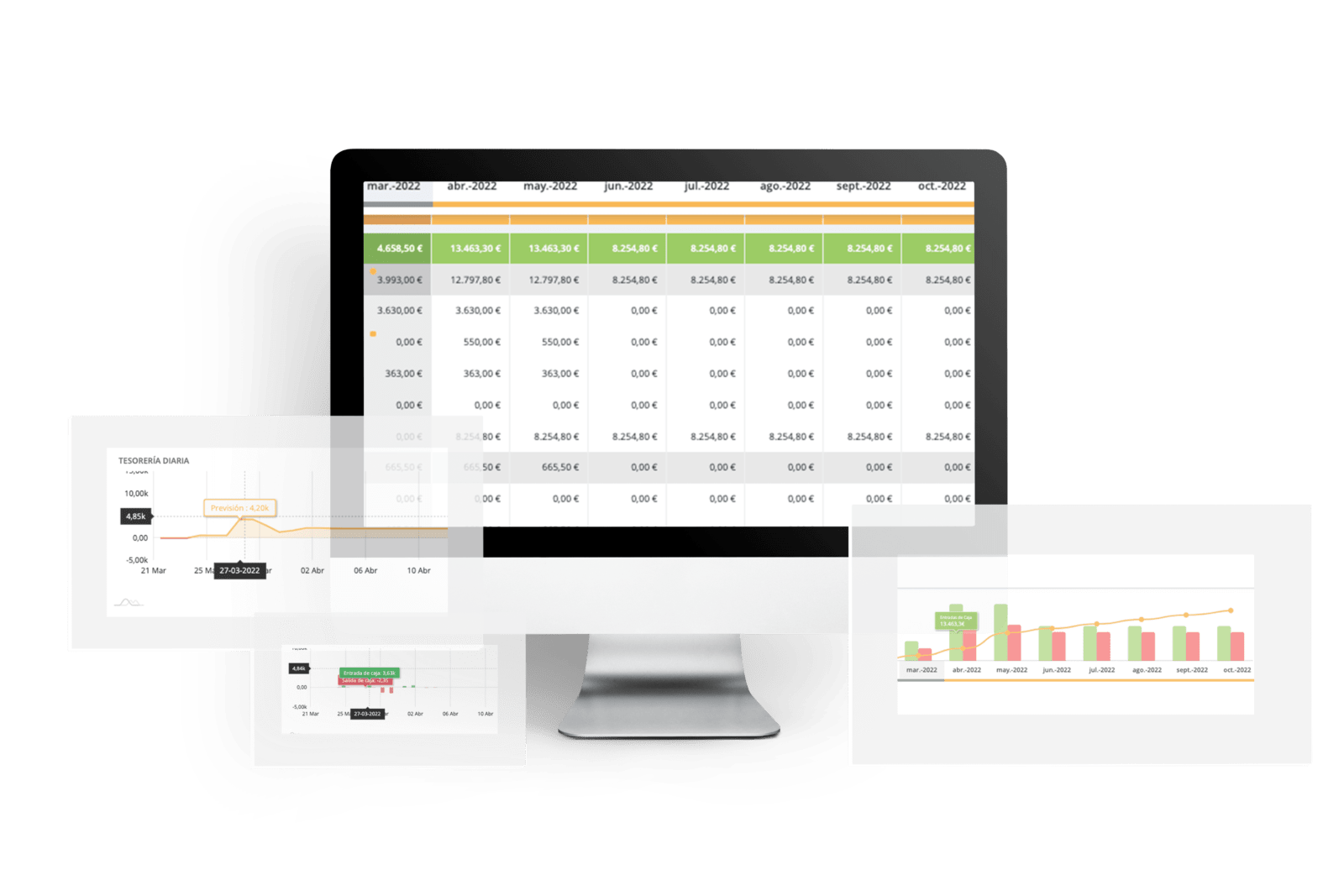On several occasions, doubts arise about the cash account: everything you need to know. It is an area of the company in which all actions related to cash flow operations are organized and managed.
CASH ACCOUNT: EVERYTHING YOU NEED TO KNOW
The cash flow includes all receipts from company activities, payments to suppliers, bank transactions and any other movement of a company’s cash. In other words, the movement of money in and out of the company.
TREASURY FUNCTIONS
- Management of the company’s monetary resources.
- Taking necessary measures in case of deviations.
- Design of collection and payment policies.
- Control of the adequate fulfillment of payment and collection forecasts.
TREASURY PLAN: WHAT IS IT RELATED TO?
To control it, it is necessary to make a cash flow plan. This is an analysis for cash flow forecasting and to have visibility about our income and expenses, and therefore, to enable us to make data-driven decisions.
Cash flow forecasting helps us to know the evolution of cash flow (i.e. cash inflows and outflows), to know how many months in advance we need to cover our expenses, to decide when to carry out operations such as investments or borrowing and, finally, to size your financing needs.
Creating a treasury plan can be a complex task, so it is important to do it realistically, as this will allow us to plan and take care of the company’s health. The person responsible for the task of creating and managing the treasury is the company’s CFO.
ACCOUNTING TREATMENT OF CASH FLOW
It is important to note that, in a company, accounting and treasury are distinct areas that, although they work together, are different.
The treasury must be recorded in the chart of accounts of the PGC with the subgroup of accounts (57) which contains three accounts:
- Cash (570): Firm money in bills and coins.
- Banks and credit institutions (572): Current account balances and transactions.
- Short-term highly liquid investments (576): Financial investments with maturities of less than three months from acquisition.
All these accounts are current asset accounts (or current assets) and are therefore debit accounts (i.e., they increase in debit and decrease in credit).
In short, cash is the economic liquidity available to the business at any given time of the year, and its management and control is key to the company’s survival.




